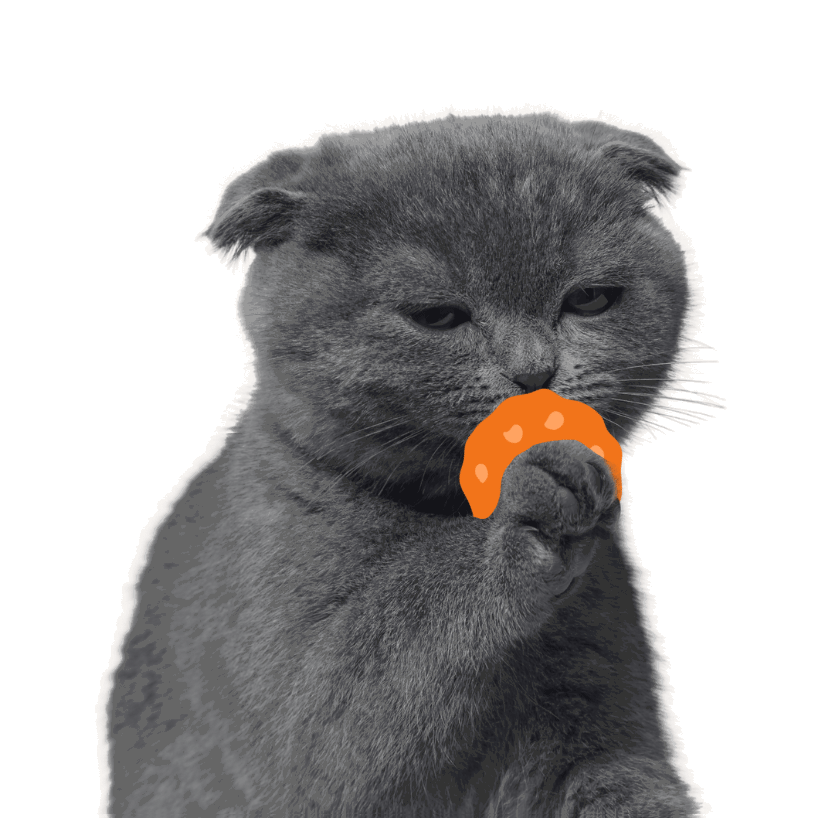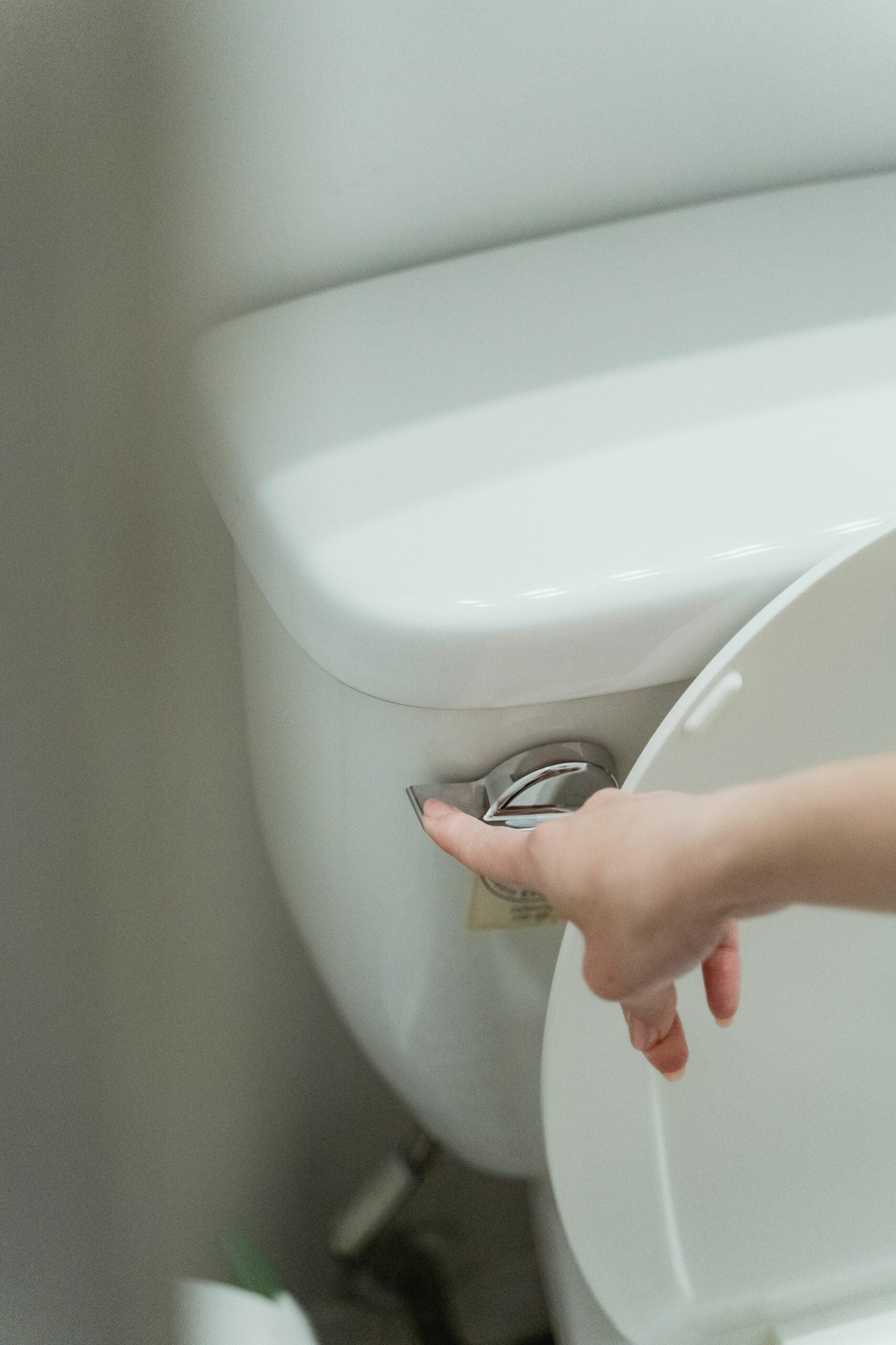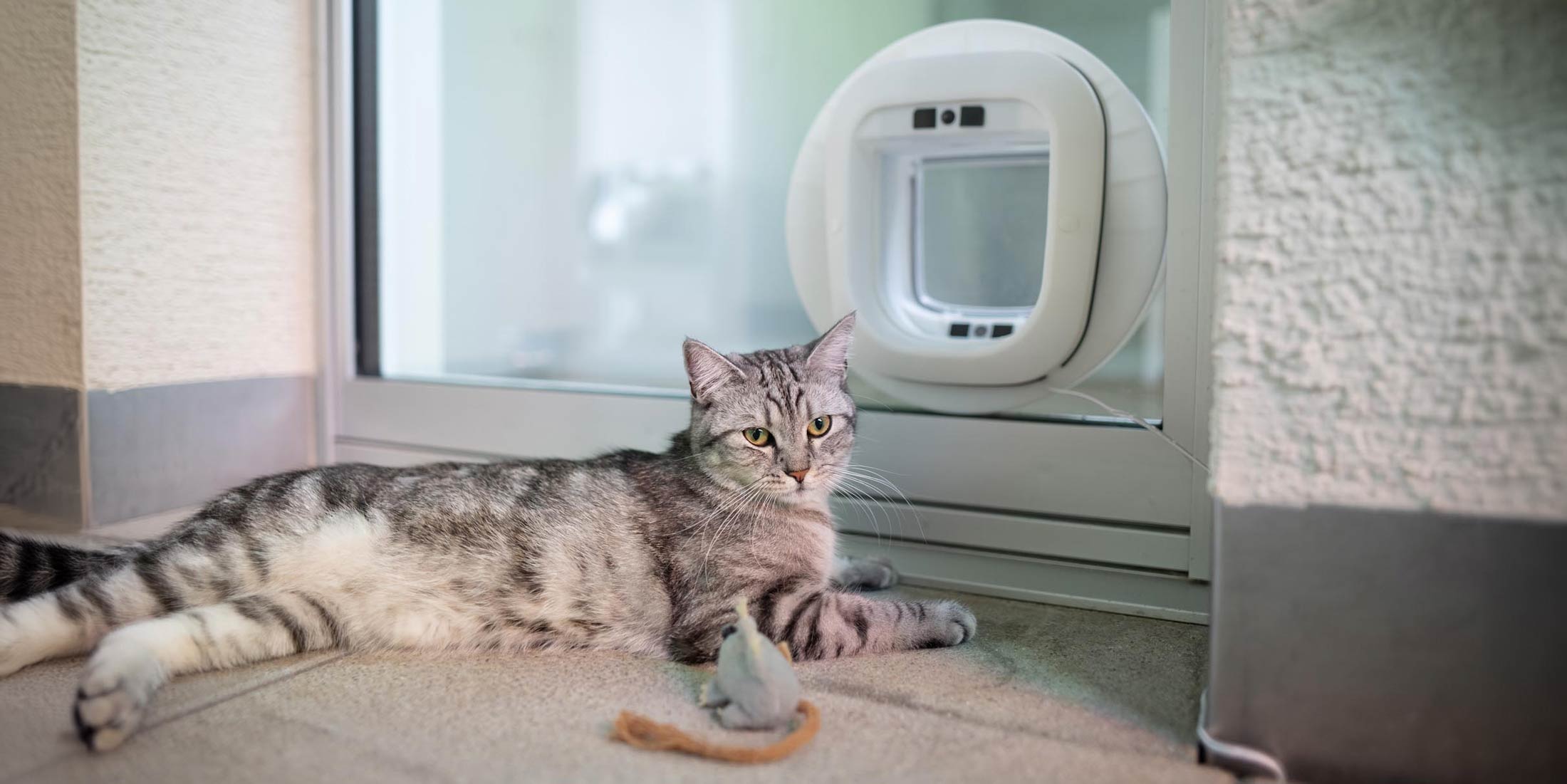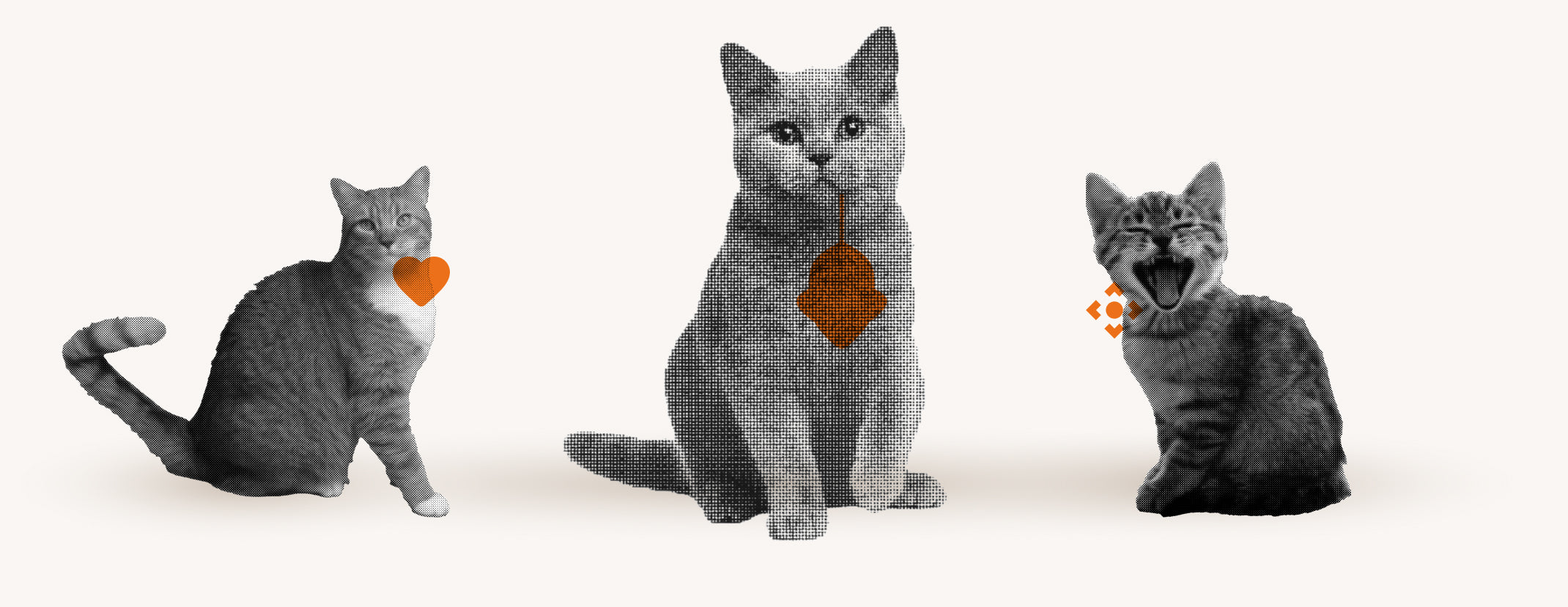Have you ever wondered if you can simply dispose of cat litter in the toilet?
The idea of saving yourself the tedious trip to the garbage bin is tempting, but there are important things to consider.
Generally, it is not recommended to dispose of cat litter in the toilet, as this can lead to blockages and damage to sewage pipes.
This article will tell you everything you need to know about the proper disposal of cat litter, its impact on sewage systems, legal aspects, and helpful products that can make your everyday life easier.
Proper disposal of cat litter: What is safe?
Proper disposal of cat litter is crucial to protect both your plumbing and the environment. Not all cat litter is suitable for flushing. Mineral litters, especially bentonite, should be avoided as they can swell and clog the toilet. Make sure to use only litter that is explicitly labeled as flushable . Here are some safe options:
- Cat litter made from recycled paper.
- Clumping litter made from plant materials.
- Litter made from renewable raw materials.
If you're unsure whether your cat litter is flushable, it's best to dispose of it with your regular trash. To ensure the litter ends up safely in the trash, you should put it in biodegradable bags before throwing it in the bin. This prevents the litter from spreading throughout the household waste and makes handling easier. Remember that even compostable litter shouldn't be flushed down the toilet if it's mixed with feces.
Effects of cat litter on sewage pipes
Cat litter can have a significant impact on sewage pipes, especially when flushed down the toilet. The nature of cat litter, particularly its absorbent and clumping properties, causes the material to swell in water. This can lead to serious blockages in drainpipes. Such blockages are not only inconvenient but can also result in costly repairs. It is therefore important to be aware that disposing of cat litter down the toilet can have far-reaching consequences.
Besides the immediate damage to drainpipes, cat litter also has long-term effects on sewer infrastructure. Over time, cat litter deposits can accumulate in the sewer pipes, obstructing water flow and reducing the efficiency of wastewater systems. In some cases, such deposits can even lead to flooding if the water can no longer drain properly. Therefore, it is important to choose alternative disposal methods and to consider the following points:
- Only use cat litter that is explicitly labelled as flushable.
- Dispose of non-flushable cat litter in the regular trash.
- Regularly check the drain pipes for signs of blockages.
Impact of cat litter on sewage treatment plants
Cat litter not only poses a challenge to sewage pipes but also impairs the function of wastewater treatment plants. When cat litter enters the sewer system, it can cause significant problems with wastewater treatment. The fine particles and clumps can clog the mechanical parts of the equipment and reduce the efficiency of water treatment. This leads to higher maintenance costs and can limit the treatment plant's ability to effectively purify the water. Therefore, it is important to be aware of the environmental impact and dispose of cat litter responsibly to minimize the burden on wastewater treatment plants.
Legal aspects of disposing of cat litter in the toilet
Disposing of cat litter in the toilet is not only a matter of practicality, but also of legality. Many areas have specific regulations prohibiting the flushing of cat litter. This is because cat litter, especially non-biodegradable varieties, can damage and clog the sewage system. It is important to familiarize yourself with local laws and regulations before deciding how to dispose of the litter.
In some municipalities, improper disposal of cat litter in the toilet can even lead to fines . To ensure you comply with the law, you should follow these steps: - Check with your local waste disposal company about the applicable regulations. - Avoid flushing cat litter that is not labeled as flushable. - Opt for environmentally friendly alternatives , such as biodegradable litter, which can be safely disposed of with regular household waste.
Helpful products for easy cat litter disposal
There are several products on the market that make disposing of cat litter significantly easier and help protect the environment. One particularly useful product is a special cat litter bin that traps odors and keeps the litter securely contained until it can be disposed of. These bins are often equipped with a foot pedal, allowing you to operate them hands-free. This minimizes the spread of bacteria and keeps your home clean and hygienic.
Another helpful product is a sealable container specifically designed for storing used cat litter. These containers are not only practical but also environmentally friendly, as they can be made from recyclable materials. The advantages of these products are:
- Protection against leaks and odors
- Easy to use
- Environmental friendliness through less plastic waste
These products make disposing of cat litter not only easier, but also safer and more environmentally friendly.
Discover Flappie's solutions for a clean home
Are you tired of constantly cleaning up cat litter and worrying about the cleanliness of your home? Flappie has the perfect solution for you! The Flappie smart cat flap prevents your cat from bringing prey like mice or birds into the house. This means less mess and no more unwanted surprises in your home. Selective access control and prey detection via camera and AI technology ensure that only your cat can enter, without any prey.
The Flappie app makes it easy to monitor your cat's activity and control the cat flap settings from anywhere. You'll receive push notifications when your cat tries to bring prey into the house, and you can view videos and statistics directly on your smartphone. This not only improves cleanliness but also gives you back a sense of freedom. Visit flappiedoors.com , to learn more about Flappie's innovative solutions and how they can help you create a cleaner and prey-free home.
Frequently Asked Questions
Can you flush cat litter down the toilet?
Generally, it's not recommended to flush cat litter down the toilet, as this can cause blockages and damage to sewage pipes. However, there are special cat litters labeled as flushable . You can flush these down the toilet, but make sure they aren't mixed with feces and regularly check the drains for blockages.
Can you dispose of cat litter in the toilet?
It is not recommended to dispose of cat litter in the toilet, as this can lead to blockages and damage to the sewage pipes. Only use cat litter that is explicitly labeled as flushable and avoid disposing of non-flushable litter in the toilet.
Which cat litter can be flushed down the toilet?
You can flush cat litter down the toilet if it's explicitly labeled as flushable . Examples include litter made from recycled paper, clumping litter made from plant-based materials, and litter made from renewable resources. Make sure the litter isn't mixed with feces before flushing it down the toilet.
Can cat litter clog the toilet?
Yes, cat litter can clog toilets, especially non-flushable litter. The absorbent and clumping properties of cat litter cause the material to swell in water, potentially leading to blockages in the drain pipes. Therefore, you should only use flushable cat litter and regularly check your drain pipes for signs of blockages.





Share:
Flying with Cat Toilet: Everything You Need to Know
Learn cat language: Understand your cat better